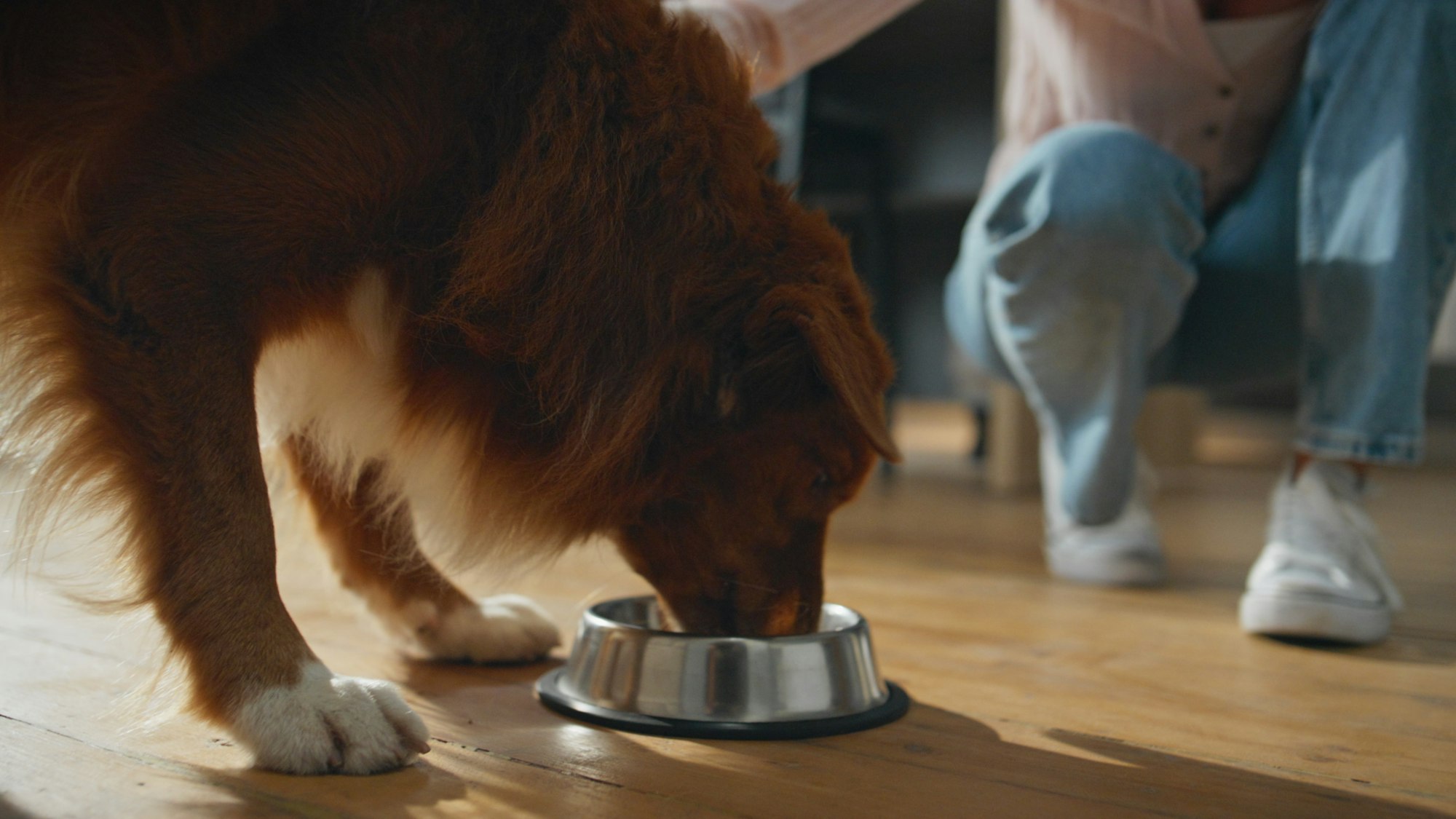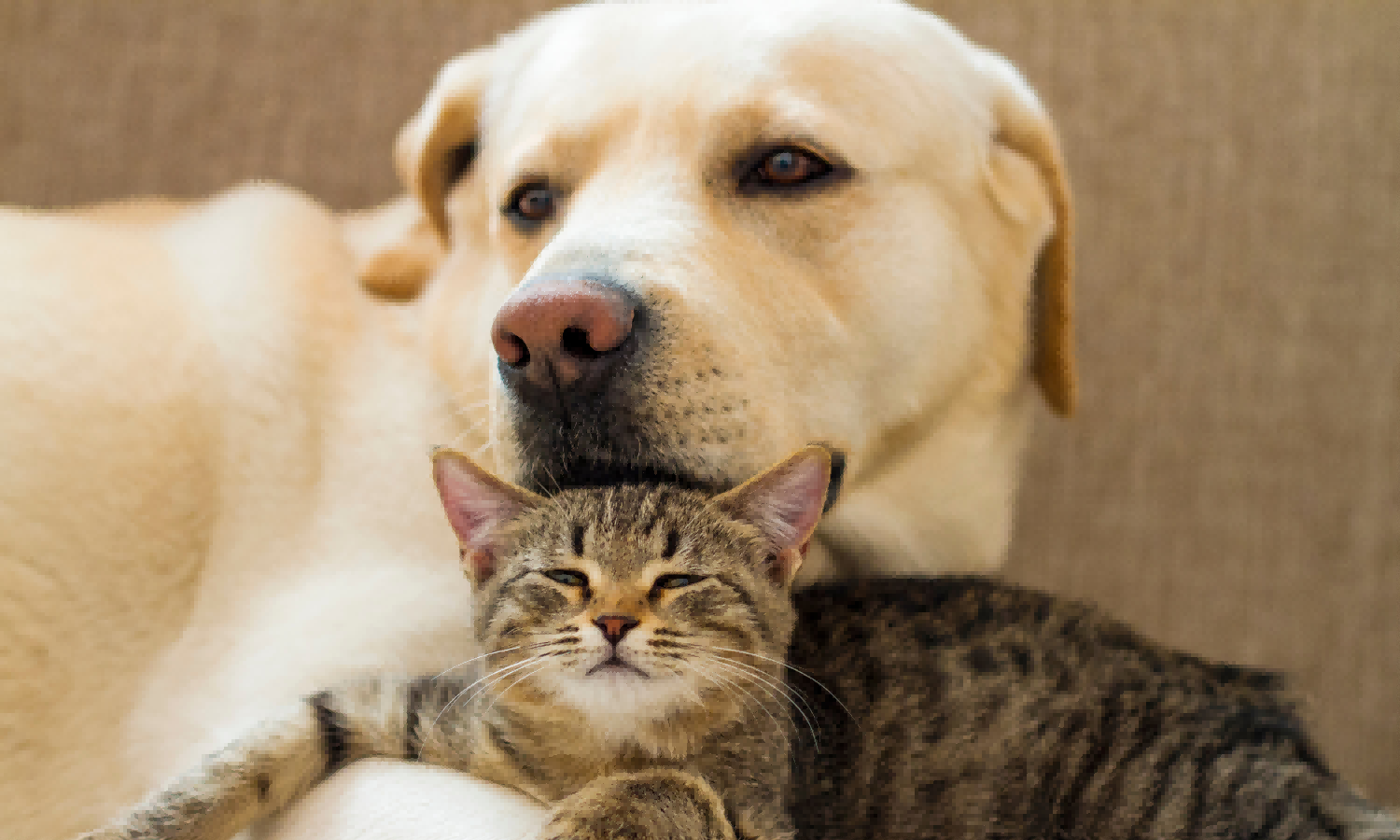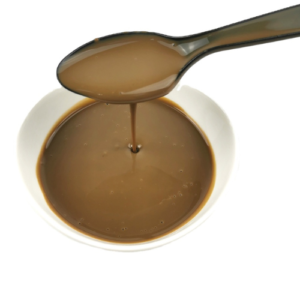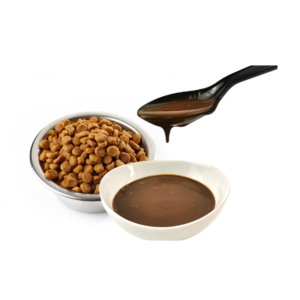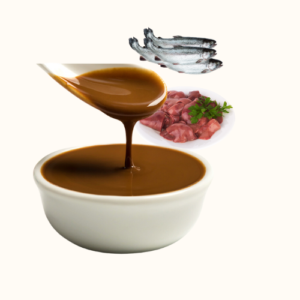How to Make Dog Food
Creating commercial dog food is a fascinating and intricate process, blending science and creativity to deliver a product that meets the nutritional needs of pets while also being palatable and safe. Whether you’re a pet food palatant wholesaler, a pet food manufacturer, or a pet food factory, understanding the nuances of this process can help you improve product quality, meet regulatory requirements, and ultimately drive more traffic to your website. This blog aims to guide you through the essential steps of making commercial dog food, focusing on ingredient selection, processing methods, and how to enhance the palatability of your products.

Ingredient Selection: The Foundation of Quality Dog Food
The quality of dog food starts with the ingredients. High-quality dog food typically includes a mix of animal-derived products, grains, vitamins, and minerals. Key ingredients often used in dog food production include:
- Protein Sources: Meat (fresh or rendered into meat meal) is a primary source of protein. Common choices include chicken, beef, and fish. Protein is crucial for muscle development and overall health.
- Fats: Animal fats (like chicken fat) and vegetable oils (such as flaxseed or canola oil) provide essential fatty acids, energy, and enhance the flavor and texture of the food.
- Carbohydrates: Grains like corn, rice, and barley, or alternatives like sweet potatoes and peas, are vital for energy and fiber. Carbohydrates also contribute to the kibble’s texture.
- Vitamins and Minerals: Essential for a balanced diet, these are often added in a concentrated form to meet nutritional requirements.
- Palatants: These are additives used to enhance the flavor and smell of dog food, making it more appealing to pets. High-quality palatants can significantly improve the palatability of dog food, encouraging consumption and satisfaction among pets.

The Manufacturing Process: From Raw Materials to Finished Product
Once the ingredients are selected, the manufacturing process begins. Here’s a step-by-step overview:
- Assembling and Preparing Raw Materials: Ingredients are gathered, weighed, and prepared for processing. Meats may be rendered to separate fats from protein solids, while grains and other dry ingredients are ground to a uniform size.
- Mixing and Compounding: Dry ingredients are mixed in large blenders, and liquids like water, oils, and palatants are added to form a dough. This step is crucial for ensuring consistent distribution of nutrients.
- Extrusion: The dough is heated under pressure and then forced through a die to create kibble shapes. This process cooks the food and gives it its final form. The high temperatures and pressure involved in extrusion also help to kill any potential pathogens, ensuring food safety.
- Drying and Cooling: The freshly extruded kibble contains moisture, which needs to be reduced to prolong shelf life and prevent spoilage. The kibble is slowly dried and then cooled to prevent the formation of condensation and mold.
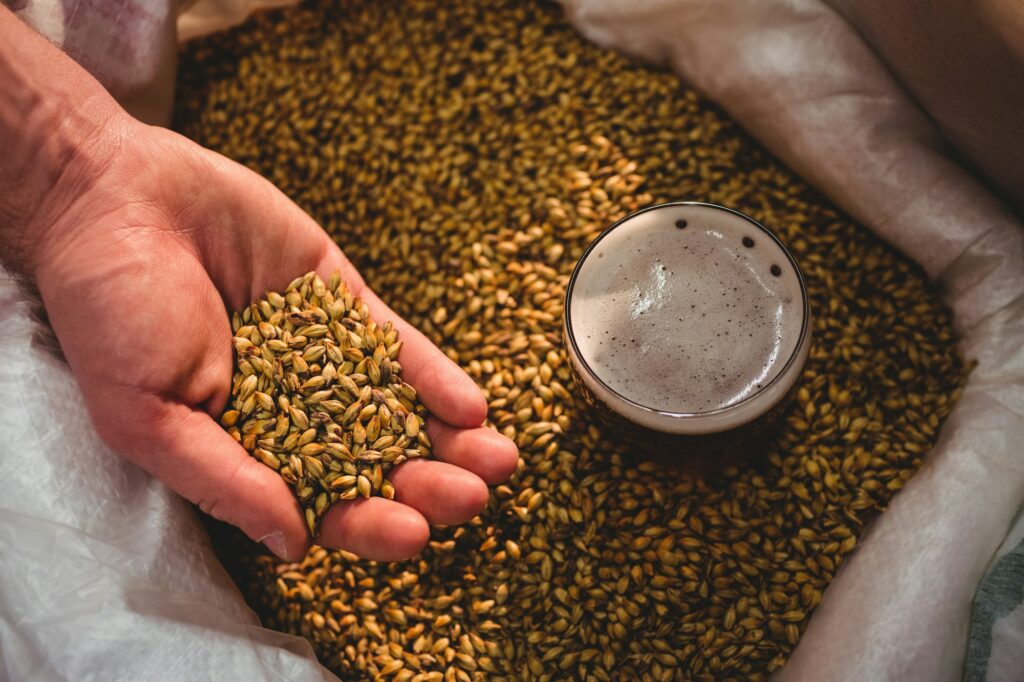
- Coating: To enhance flavor and appeal, the kibble is often coated with additional fats, oils, and palatants. This step can significantly affect the final taste and aroma of the dog food, which is crucial for pet acceptance.
- Packaging: Finally, the kibble is weighed, packaged, and sealed to ensure freshness. Proper packaging also plays a role in maintaining the palatability of the product by preventing exposure to air and moisture.
Enhancing Palatability: The Role of Pet Food Palatants
Palatability is a critical factor in the success of any commercial dog food product. Pet food palatants, such as those offered by ProfyPet, can make a significant difference in how well your product is received by pets. Palatants are specially formulated to enhance the flavor, aroma, and overall appeal of dog food, encouraging even the pickiest eaters to enjoy their meals.

Adding a high-quality palatant can turn a nutritionally balanced but bland dog food into a delicious meal that pets will love. This not only improves customer satisfaction but can also increase brand loyalty and repeat purchases.
For more information on how pet food palatants can improve your dog food products, visit ProfyPet.
Conclusion: Creating Quality Dog Food
Making commercial dog food is a complex process that requires careful consideration of ingredients, precise manufacturing techniques, and a focus on enhancing palatability. By understanding these elements and incorporating high-quality palatants, manufacturers can produce dog food that is not only nutritious but also highly appealing to pets.

Whether you’re just starting in the pet food industry or looking to improve your existing products, mastering these steps will help you create dog food that meets the highest standards of quality and safety, ultimately driving more traffic to your website and attracting more buyers.

